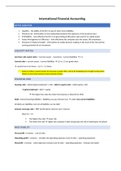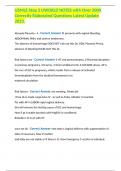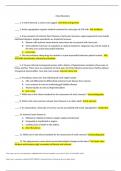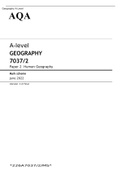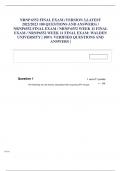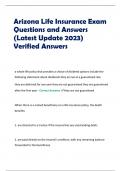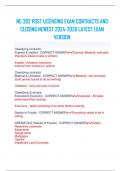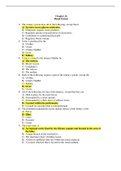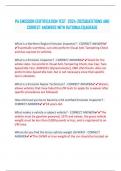Samenvatting
Summary International Financial Accounting (IFA) | IB year 3 | Major finance and control | HvA
Summary of International financial accounting (IFA) for the major finance and control at Hva. Includes ratio analysis, consolidation balance and profit&loss, IAS 2,16,36,37,38 23, IFRS15 en 16. These are all the topics discussed during the course, with explanations and examples. Summary is easily r...
[Meer zien]
